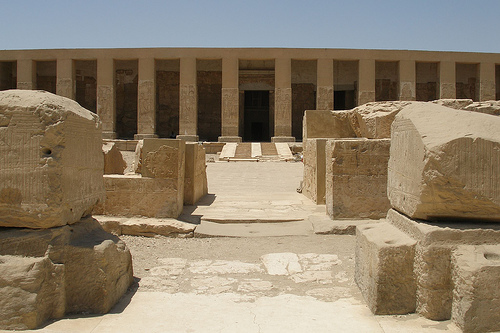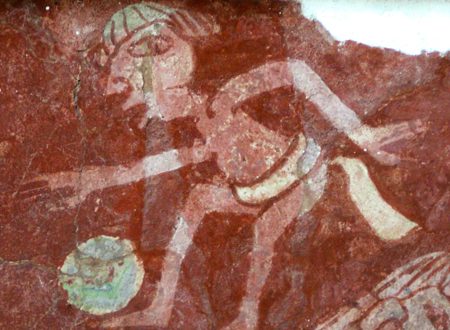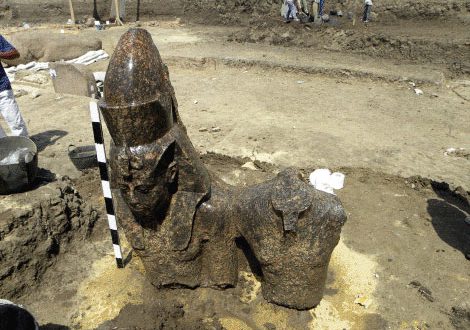The Scottish Ten – a team of heritage conservators and digital design experts from Historic Scotland and the Glasgow School of Art – have finished laser scanning ‘the Heart of Neolithic Orkney’, Scotland (and the results are fabulous).
As they aim to ‘digitally preserve’ five Scottish World Heritage Sites and five international sites, the team now moves on to Rani Ki Vav Stepwell, a thousand-year-old site in India.
At Orkney, the Scottish Ten have recorded Maeshowe (a large chambered cairn), the Standing Stones of Stenness and the Ring of Brodgar (ceremonial stone circles), the Barnhouse Stone, the Watch Stone and Skara Brae (a 5,000-year-old settlement).
From the data recorded at Orkney, some amazing ‘point cloud’ images have been generated – which are available on Historic Scotland’s Flickr stream, but have fewer views and ‘favs’ than they’d deserve (you know what to do!). The renders showing a section (horizontal and vertical cut) of the Maeshowe burial mound with the inner construction of the tomb and passage (embedded below) are views never seen before.
Images by the Scottish Ten showing a section through the mound and the inner construction of the tomb and passageway themselves. Such views have never been seen before.
Next Up: Rani Ki Vav Stepwell
Next to be ‘3D documented’ by the Scottish team is Rani Ki Vav Stepwell, also known as the Queen’s Stepwell and located in the town of Patan on the left bank of the Sarawati River, India.
Believed to date back to 1050, the well is made up of stepped terraces descending into the ground, adorned with around 400 sculptures representing a range of Hindu themes.
Rani Ki Vav has only been fully excavated in the last 50 years and is currently on the UNESCO tentative list to be considered for World Heritage Site status.
It has not previously been digitally documented and is considered to be at risk from erosion and decay.
As with the sites, the footage will be shared with CyArk, and used to create exact digital models that will aid in conserving and maintaining these areas of historical importance.
Education and tourism programmes can then allow access around the site across the globe using virtual reconstruction (more on this in Malcolm’s interview with David Mitchell).
The Scottish Ten have also launched their new website – scottishten.org – which contains highlights from previous projects at New Lanark and Mount Rushmore, and the project is tweeting as @ScottishTen.
The five sites in Scotland the team plans to record are New Lanark (completed), the ‘Heart of Neolithic Orkney’ (completed), the Antonine Wall, the Old and New Towns of Edinburgh, and the St Kilda archipelago. Overseas, Mount Rushmore is already scanned, and with the recording works at Rani Ki Vav Stepwell ongoing, this leaves three sites ‘still to be decided upon’.





